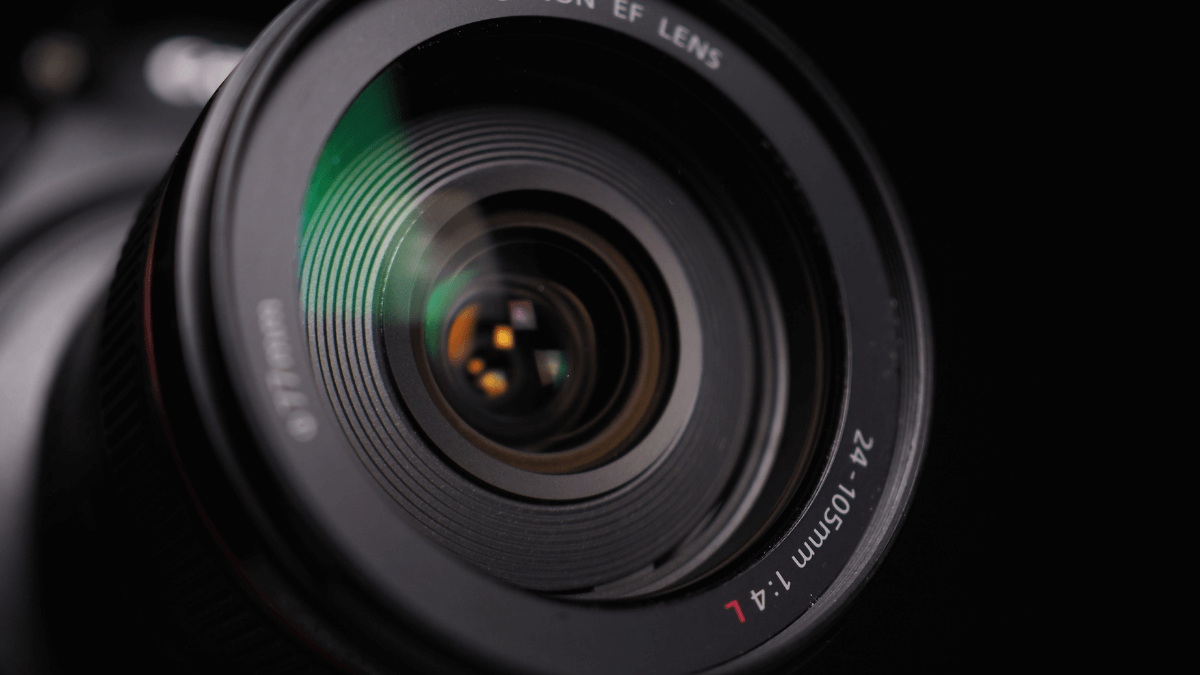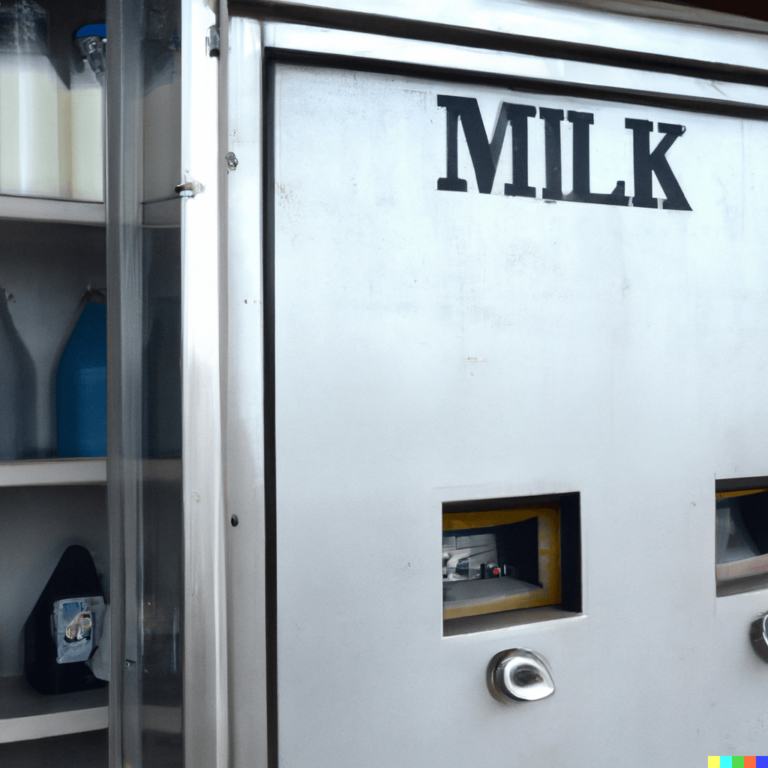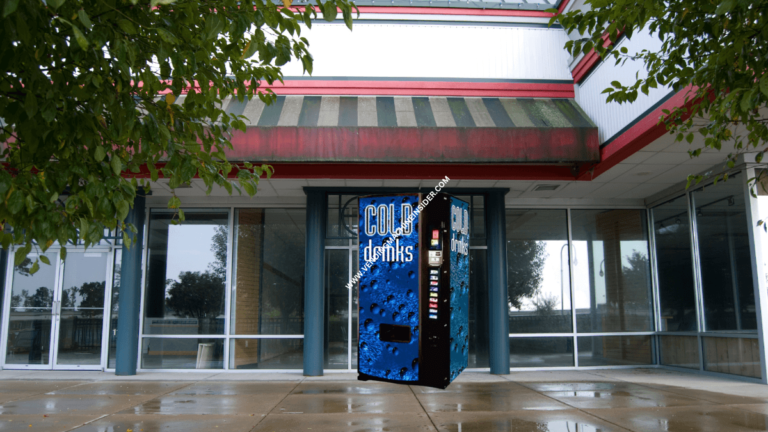Do Vending Machines Have Cameras in Them? Types & Application of Cameras
It’s no secret that vending machines are becoming more and more technologically advanced by the day.
Once upon a time, you had to have change on you to buy from a vending machine, but now you can easily use your credit or debit card to pay or even an app on your smartphone.
There are even new vending machines with built-in sensors to detect whether your item has been properly dispensed or got stuck!
Naturally, a lot of people are growing more interested in the vending machine business and operation.
Be it pure curiosity or they’re thinking about entering the business, many folks are wondering:
Do vending machines have cameras in them?
Yes, many vending machines nowadays have cameras installed as part of their structural components – and their numbers are on the rise. These cameras have multiple purposes including security, marketing, and transaction-specific functions such as optical code reading.
Today, we’re discussing the different types of cameras that can be installed in a vending machine and their various applications.
RELATED READ: Are Vending Machine Keys Universal? Different Types of Vending Keys
Do Vending Machines Have Cameras in Them?
Yes, Vending machines have cameras in them along with having built-in sensors that help them detect if your item has been dispensed properly or if it got stuck and you need help to get it out or get a refund.
So, the answer to your question is absolute, vending machines can also have cameras integrated into their mechanisms.
That’s right, technology in vending machines has evolved and made it possible to include cameras inside the machine itself.
While not every vending machine you come across will have a camera inside, the number of such machines is certainly growing. The main reason for this is to protect them against vandalism and theft crimes that seem to be on the rise.
Other reasons include transaction-related functions such as face recognition and reading QR codes or barcodes, as well as marketing purposes.
In any case, cameras in vending machines need to possess the following features:
- A high enough resolution to capture clear images
- A wide field of view to capture a complete image
- Durable construction to withstand outdoor elements
- Dynamic flexibility to adapt to different lighting conditions
Types and Applications of Cameras in Vending Machines
Now that you know that the idea of a vending machine having a camera in it is on the table, let’s take a closer look at the types and applications of cameras in vending machines:
1. Security Cameras
The first type/application of cameras in vending machines is to provide security in the sense of identifying culprits of theft and vandalism crimes against the machine.
Theft is a common crime that’s associated with vending machines because there are no security guards or any other form of security surrounding the machines. Typically, vending machines are left “out in the open”, which makes them an attractive target for people trying to get freebies in any way.
Vandalism is another common crime that’s related to vending machines, especially when frustration or temper is involved. This usually happens when an item gets stuck and the customer gets too mad about the fact that they lost their money or that they won’t get their items right away.
Even though there are ways to deal with such a situation without causing damage, some people will still kick, punch or throw things at the vending machine. Such acts can be considered a form of vandalism if the damage is significant enough.
For vending machine owners, both theft and vandalism lead to monetary loss ranging from low to devastating.
The solution to reducing such losses and crimes is to install security cameras in the vending machines. This way, when the camera captures footage of the crime, the person who committed it can be identified and subjected to legal action.
Unlike security cameras that are installed above or near vending machines, the ones that are integrated inside the machine are very well-hidden to avoid alerting potential wrongdoers.
2. Cameras for Transactions
Another type/application of built-in cameras in vending machines is related to transactions performed by the machine.
In this case, the main operation (or one of them) of the vending machine requires a certain optical-based function that can be performed by a camera.
This includes capabilities like reading QR codes or barcodes. For example, let’s consider e-ticketing.
In this field, customers purchase an e-ticket online and get a QR code on their smartphones. On the day of the event, they’ll find vending machines outside the venue (probably at the entrance) with readers to identify the code.
From there, the machine will provide access either by dispensing or displaying a seat number. Some machines can read the codes directly off phone screens, while others require you to print the code in advance to read it off the paper.
Either way, the machine needs to be equipped with a camera to be able to view the code and read it. This mechanism can be applied in various forms of reservation such as concerts and festivals.
3. Cameras for Marketing
Last but not least, some vending machines contain cameras for marketing. This occurs in machines labeled as “smart”, where cameras can implement facial recognition technology onto customers.
Once the machine picks up specific parameters from the customer’s face, it can provide recommendations for products based on their age and gender. For example, a beverage machine is more likely to recommend new energy drinks for younger customers and sparkling water to older customers.
In some vending machines, these cameras can also detect the temperature of the weather and the time of the day to tailor the machine’s recommendation. As such, recommending coffee-based drinks will be more likely in the morning than at night.
Wrap Up
So, do vending machines have cameras in them? The answer is yes.
Nowadays, many vending machines have cameras installed as part of their structural components.
However, it is quite safe and not to freak out as the purposes of these cameras include security to prevent theft and vandalism, marketing by recommending products, and transaction-specific functions such as optical code reading.
Did you find this article helpful? Let us know in the comments below!






